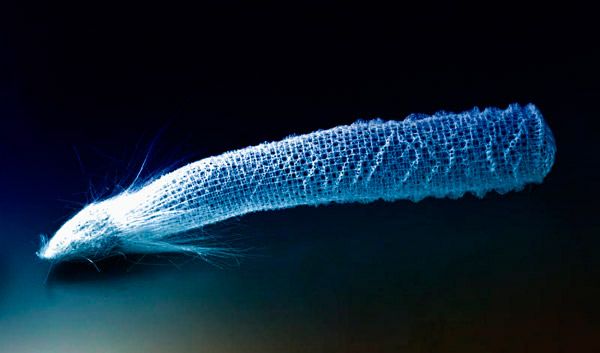New publications
Fiber optics will help in treatment and diagnosis
Last reviewed: 02.07.2025

All iLive content is medically reviewed or fact checked to ensure as much factual accuracy as possible.
We have strict sourcing guidelines and only link to reputable media sites, academic research institutions and, whenever possible, medically peer reviewed studies. Note that the numbers in parentheses ([1], [2], etc.) are clickable links to these studies.
If you feel that any of our content is inaccurate, out-of-date, or otherwise questionable, please select it and press Ctrl + Enter.

Light pulses have long been used in medicine. This method of treatment is called optogenetics, but today such therapy is not often used. The method of influencing brain cells with light pulses has great potential, scientists are actively working in this direction and studying the possibilities of its use not only in treatment, but also in diagnostics. A team of scientists from Harvard and the University of Massachusetts proposed using a specially developed optical fiber for treatment and diagnostics directly in the human body.
American researchers have developed a special fiber that stretches well and is biologically compatible with living cells of the human body. The new material consists of hydrogel and experts assume that in the future such fibers will be used to treat the initial stages of the disease, they will be implanted into the human brain or body and will also be able to "highlight" the first signs of the disease.
The developers of the unique fiber themselves noted that it has the property of stretching, which allows it to be used as an implant without the risk of rupture. The structure of helium fibers is quite suitable for the optogenetics method (stimulation of certain cells in the brain using light pulses).
According to scientists, helium fibers can cause damage to adjacent tissues, especially in the brain. Professor Huanghe Zhao explained that the brain can be compared to jelly, while the fibers implanted in it will be glasses - fragile but dangerous elements that can cause damage to delicate tissues. If the flexibility and softness of the fibers could match the brain tissue, the stimulation would be more effective and long-lasting.
The scientists published the findings of their research in a scientific journal. The basis was the work of Seok-Hyun (Andy) Yun, whose team developed a hydrogel optical fiber that effectively transmits light.
But the structure of this fiber was not strong, and all attempts to stretch it resulted in breaks. Zhao's team proposed a hydrogel optical fiber with good ductility, and both teams decided to work together in this direction. Yun's team proposed creating a fiber in the form of a core placed in a shell, in order to provide the maximum light flux; the core and shell should be made of materials with different refractive indexes. After several experiments, it was found that Zhao's hydrogel was ideal for the core; several special additives were added to the shell to maintain its shape and prevent rupture after stretching.

The researchers said that the unique hydrogel optical fiber will be used in the future as sensors that will respond to the first signs of disease, in addition, such helium fibers will be suitable for long-term diagnostics and will help monitor the development of tumors or inflammatory processes in the body.
It is difficult to say when the new fiber will hit the medical market, as researchers still have a number of clinical trials to conduct, which could take several years.

 [
[